

This stately swan breeds in the boreal ponds of the far north, wintering on both coasts. Audubon's climate model projects a 61 percent loss of current winter range by 2080, with a limited potential for expansion in that season. The arctic summer range is also forecast to contract, raising questions about how this migratory bird will adjust to the disruption in both seasons.
Every spring this majestic water bird travels from extensive marshes of the far West and the Atlantic Coast of the United States to the far northern reaches of North America to breed. The adult Tundra Swan migrates with its young from breeding grounds to wintering grounds, sticking together until it returns to its breeding grounds the next year. With black bills and feet and snowy white feathers, this dichromatic beauty is often confused with the Trumpeter Swan, with which it overlaps in some parts of its range. It primarily eats seeds, stems, roots, and tubers of aquatic plants found around the lakes near which it lives, occasionally dining on mollusks.
Explore more birds threatened by climate change around the country.
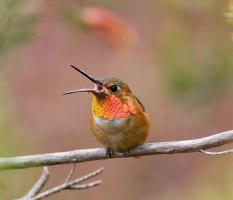
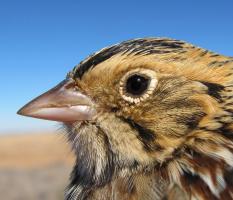
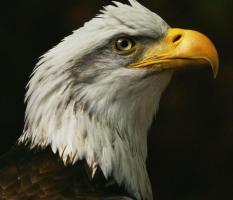
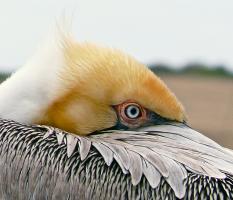

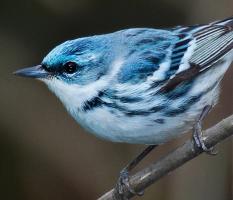
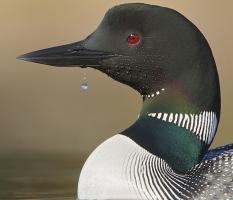
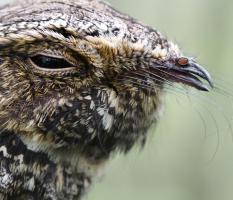





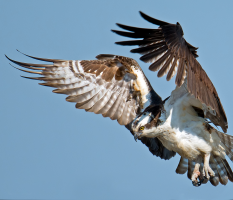
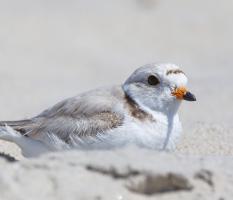

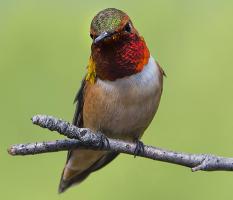

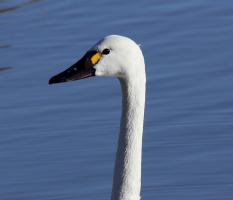
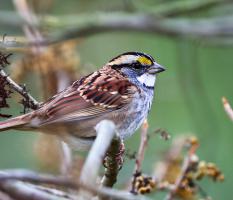

It's easier than you think to make a difference. Become an Audubon member today to help birds facing climate change.